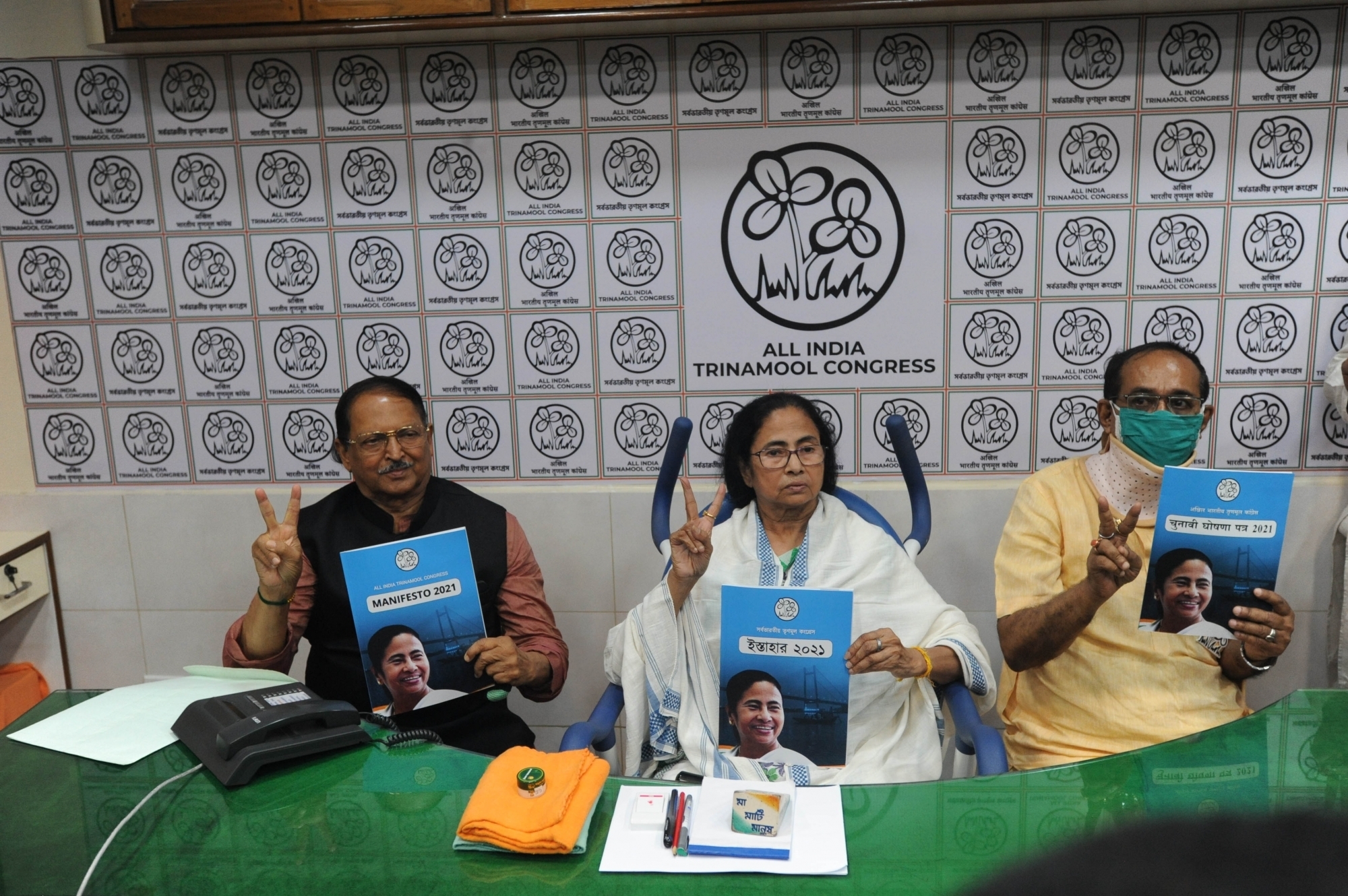Quaid Najmi
Thane/Nagpur April 17 (IANS) The lives of thousands of tribals in remote parts of Maharashtra including Amravati and Thane districts have apparently leaped forward, thanks to certain schemes of the Central government, officials said.
One shining example was the Bulumgawan tribal village in the backward Melghat tribal belt of Amravati in eastern Maharashtra where the lives of around 700 people were 'lit up' for the first time since Independence, when they welcomed electricity into their humble dwellings.
Among 1,000-odd villages adopted by the former Chief Minister and current Deputy CM Devendra Fadnavis, each home in Bulumgawan was given a free power connection under the government's 'Saubhagya' scheme, announced by Prime Miniter Narendra Modi.
When power first brightened their homes which normally remained dark from sunset to sunrise, a handful of senior villagers could not believe their eyes and said that they never knew what electricity was.
An additional benefit was the scheme's solar power pump at the village well which supplies drinking water to the people without any effort at all times.
All this was made possible due to the efforts of a youth, Anand Joshi, a Village Social Transformation Fellow named under the CM Rural Development Fellowship programme but not before clearing many hurdles including the reluctance of the tribals to the upcoming transformation.
Joshi also provided work to the poor tribals under the MNREGA scheme, to dig soak pits to collect groundwater which ensured regular supply during the scarce summer months, and improved the groundwater levels. These and other activities have been taken up under the aegis of the Maharashtra Village Social Transformation Foundation (MVSTF), based in Navi Mumbai.
At a western corner of the tribal Shahapur in Thane district, a group of youngsters under the Van Dhan Vikas Kendra's Adivasi Ekatmik Samajik Sanstha ventured into tribal entrepreneurship to give reliable and long-term sources of employment for the people.
The VDVK-AESS initiatives have benefitted more than 12,000 tribals and their families after it was launched around five years ago by Sunil Pawaran and his band of over 300 dedicated volunteers.
A component of mechanism for marketing of Minor Forest Produce through Minimum Support Prices and developing a value chain has helped generate good incomes for the local tribals, bringing prosperity into their bleak lives.
Initially selling the much-in-demand Giloy in local markets, the VDVK-AESS member-volunteers hail from the Katkari tribal community, a primitive tribe found in parts of Thane, Raigad, and Pune in the state.
Starting with just one product, the teams now deal with more than three dozen forest products and even processed foodstuff, with access to e-marketing platforms, which proved to be a boon for the tribals during the successive Covid-19 pandemic lockdowns in Maharashtra.
The roaring success of the VDVK in Shahapur inspired thousands of tribals elsewhere and now they have expanded to nearly 40 VDVKs that are recognised by the government with the aim of a total transformation of the tribal ecosystem in the country.
As happy days were seen by the tribals, the government took up initiatives to give the most advanced health-care to the people of Vidarbha region in the form of the AIIMS Nagpur that fulfilled a promise of the BJP.
The Nagpur unit, set up on the lines of the premier AIIMS established in 1956, is part of 24 others of which 19 are functional across the country, and the remaining shall be ready in the next couple of years.
The Nagpur AIIMS foundation stone was laid by PM Modi in 2017 and the facility was readied at a cost of Rs 1,575 crore in 2022. It is now serving the needs of the people of Vidarbha who previously had to rush to places like Mumbai, Pune, Aurangabad, etc.
Besides the swank new AIIMS, Nagpur also entered the Metro era, the 13th city in the country when PM Modi inaugurated the first line here in March 2019, fulfilling a long-pending demand of the citizenry.
The seeds for the project were laid in 2012 when the then UPA government decided to accord sanctions for Metros for all cities with a population of 20 lakh or more, and Nagpur was among the 12 cities selected for the project.
Later, after completing all the formalities of the Nagpur Metro project, it finally kicked off. The Phase I {Orange Line (19 km long) and Aqua Line (18 km long)} was completed in December 2022. PM Modi inaugurated work on the Phase II (44 km long) which is underway.
En route, Nagpur Metro picked up a Guinness World Record for creating the longest double-decker viaduct metro running 3.14 km on the Wardha Road.
It comprises a three-tier structure -- the existing road at the ground level, the national highway flyover above it, and the Metro Rail on the top, and has three stations built there.












